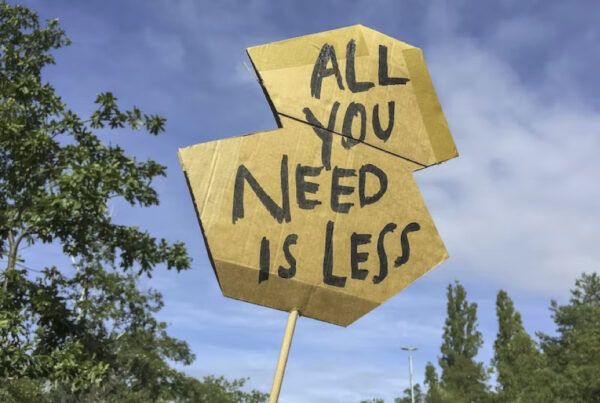This post first appeared on LinkedIn.
Katie Hagan and Donna Desrochers.
It’s no secret or shock that higher education institutions and the students who attend them are deeply impacted by the current COVID-19 pandemic. Countless articles, blogs, podcasts and webinars have been devoted to the topic for the past several months. However, when asked about re-envisioning or significantly changing the higher education landscape, no-cost learning materials—commonly called open educational resources, or OER—are rarely mentioned as part of a campus plan.
This is more than a minor oversight. Campuses overlooking OER during this crisis are missing an opportunity to significantly reduce student costs at a time when affordability is critical for continued enrollment.
For the past two years, rpk GROUP has been working with SUNY OER Services and campuses across the SUNY system to design and implement sustainable financial models that support OER adoption and growth. New York State made a significant investment in campuses to shift courses to OER, and we are beginning to see the return on that investment. Students are saving money – foregoing the typical $125+ textbook for no-cost or low-cost materials curated or adopted by the faculty members teaching these courses. Research suggests that while the savings from not purchasing textbooks and digital access codes from publishers directly impact students, about a quarter of students would actually use those savings to benefit the institutions they attend by taking additional credits.
What does campuses’ primary cost of OER entail? There is an initial investment in the time faculty spend to create or customize the course materials—a worthwhile price to pay for big student savings. OER also has shown positive financial benefits to institutions, as students are more likely to remain enrolled in OER courses in addition to paying for additional credit hours. The benefit of having a more predictable enrollment from students working toward their degree serves yet another important facet of many institutions’ missions: keeping learners’ needs at the forefront.
Given that the benefits of OER tend to outweigh the costs, why aren’t more institutions prioritizing the shift to no-cost, digital materials in their COVID-19 planning?
Of the cohort of 16 campuses rpk GROUP works with directly in the SUNY system, several are reporting an uptick of interest from faculty who had to hastily move courses online for the spring 2020 semester. “With uncertainty about what our future semesters will look like, faculty can help ensure access for students by adopting OER and other low-cost and open-access resources.” said Cori Wilhelm, assistant director of library services at SUNY Canton. “Faculty appreciate that OER can provide stable access for students regardless of instruction modality, and students appreciate having access to required course materials regardless of their financial means.”
Students who previously accessed reserve texts from the library are no longer able to do so, an issue that may continue into the fall if campuses are forced to remain online. Realizing this need and increase in demand, some SUNY campuses are pushing to move lower-level courses to OER in advance of the fall semester. This promise of no-cost or low-cost digital learning materials may be the difference to students when making plans for their fall semester on the basis of affordability and access.
“The initial motivation for a coordinated, guided approach to sustaining campus-based OER efforts across SUNY was to allow for a deeper understanding and nurturing of the cultural changes needed to sustain the use of OER.” said Michael V. Daly, director of operations at SUNY OER Services. “To their credit and earlier than anticipated, many participating campuses took these lessons and quickly applied them as part of response to COVID-19 demands. Rather than dropping ‘one more thing,’ numerous SUNY campuses were able to demonstrate how emerging OER programs could be sustained and thrive.”
Moving to OER was a good idea before campuses were hit with the COVID-19 crisis, and it remains one—only with more urgency—given the uncertainty surrounding the upcoming semester. Faculty should explore OER as an option for fall courses and beyond, and campus administrators should support this transition. In a time of heightened budget pressure, this is one strategic and sustainable investment that can pay dividends to students, faculty, and institutions.
Ready to discover more insights? Sign up to receive the monthly rpk Update.



